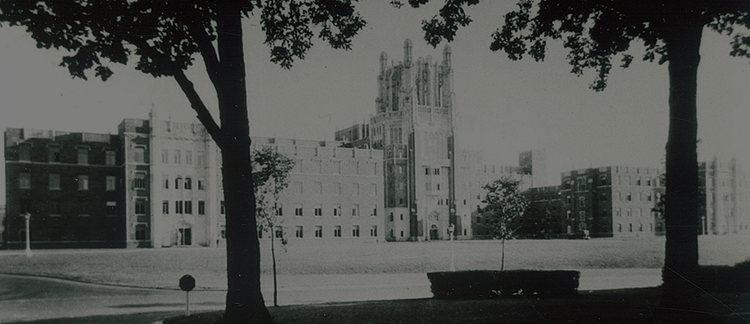Abstract
Objective: To compare the efficacy and tolerability of celecoxib to hyoscine butyl bromide (HBB) and placebo in reducing pain scores during placement of copper intrauterine devices (IUD) in parous women who have undergone elective cesarean section and who have had no previous vaginal deliveries.
Methods: We conducted a randomized, double-blind, placebo-controlled trial at a tertiary University hospital from April 2018 to September 2018. The study included women who had never delivered vaginally and who desired copper IUD insertion. We randomized the study participants in a 1:1:1 ratio to celecoxib, HBB or placebo groups. They took the tablets orally two hours before IUD insertion. The study outcomes were the self-reported pain measurements, using a 10-cm Visual Analogue Scale (VAS), taken during tenaculum placement, sound insertion, IUD insertion and five minutes post-insertion, as well as an ease of insertion score.
Results: The study included 105 women (n=35 in each group). The baseline characteristics were similar among all groups. The mean pain score in the celecoxib group was lower during IUD insertion than placebo (1.97 vs 4.34, p<0.001). Moreover, the ease of insertion score was significantly better with celecoxib [1.56 vs. 3.03, p< 0.001] than with placebo. Similarly, Women in the HBB group were more likely to report lower pain scores during IUD insertion (2.91 vs 4.34, p<0.001) and lower ease of insertion score [1.43 vs. 3.03, p< 0.001].
Conclusions: The use of celecoxib and HBB may both reduce the pain associated with copper IUD insertion among women with no previous vaginal delivery. However, celecoxib is better tolerated with fewer side effects
Keywords: Intrauterine device, celecoxib, hyoscine butyl-bromide, contraception, pain relief
How to Cite:
Darweesh, F. F. & Samy, A. & Abbas, A. M. & Hamza, M. & Ali, A. S. & Hussein, M., (2020) “Efficacy of oral celecoxib and hyoscine butyl-bromide versus placebo during copper intrauterine device placement in women delivered only by elective cesarean section: a randomized controlled study”, Proceedings in Obstetrics and Gynecology 9(3), 1-12. doi: https://doi.org/10.17077/2154-4751.1465
Rights: Copyright © 2020 the authors
Downloads:
Download pdf
View
PDF

